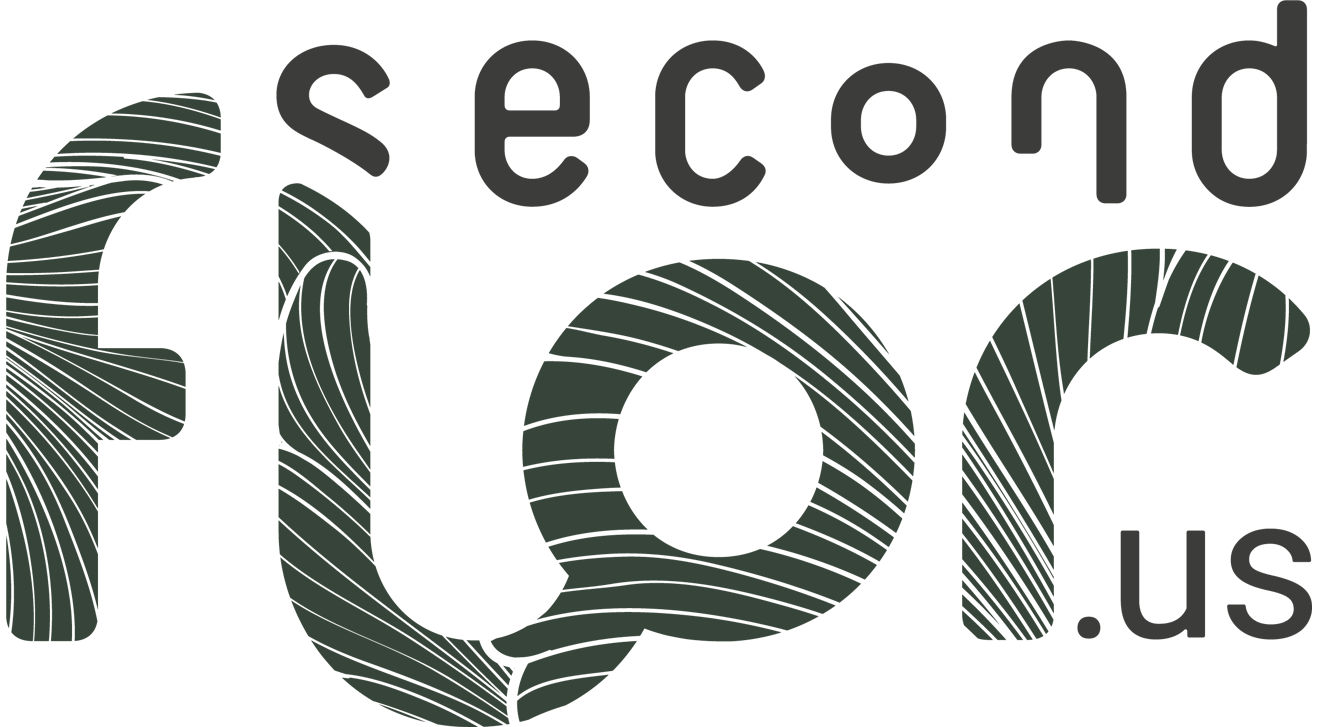
WHAT IS IT?
How does the spraying preservation technique work?
We explained the process of preservation by immersion in a previous article. For some plants, this process is not the most optimal, and we then use spraying preservation, which we present in this article.
What is the capillarity preservation technique?
As with immersion preservation, spraying preservation is a technique for preserving previously dried plants. This process consists of spraying a glycerin-based solution over the plant, and not completely immersing them. The solution used is identical: glycerin and food coloring. Once heated to 104 °F (ca. 40 °C), it is sprayed above the plants, on the visible top layer. That’s the only difference. Instead of being completely soaked, the plant will be moistened enough for the process to work. It is then cleaned and dried.
What are the advantages of this preservation method?
This preservation process is used on spongy plants to reduce drying time. If immersion preservation used to be preferred, the drying time is very long because mosses tend to drink a lot of liquid. The moss is mainly used for its visible upper part. Spraying the solution only on the moss top layer gives the same result, faster. Thus, this preservation technique fulfills all its promises. In addition, the lower side of the foam will remain dry, which makes it easier to use, especially if you want to glue it to surfaces for a plant wall.
What are the plants concerned by this technique?
Spraying preservation is mainly for mosses: forest moss, flat moss, and ball moss. Spraying preservation is therefore intended for a few plants only. It remains as effective as any preservation process and allows the plants concerned to maintain their natural appearance as good as possible.
To find out more about flowers and plants preservation, read this article.









Follow Us